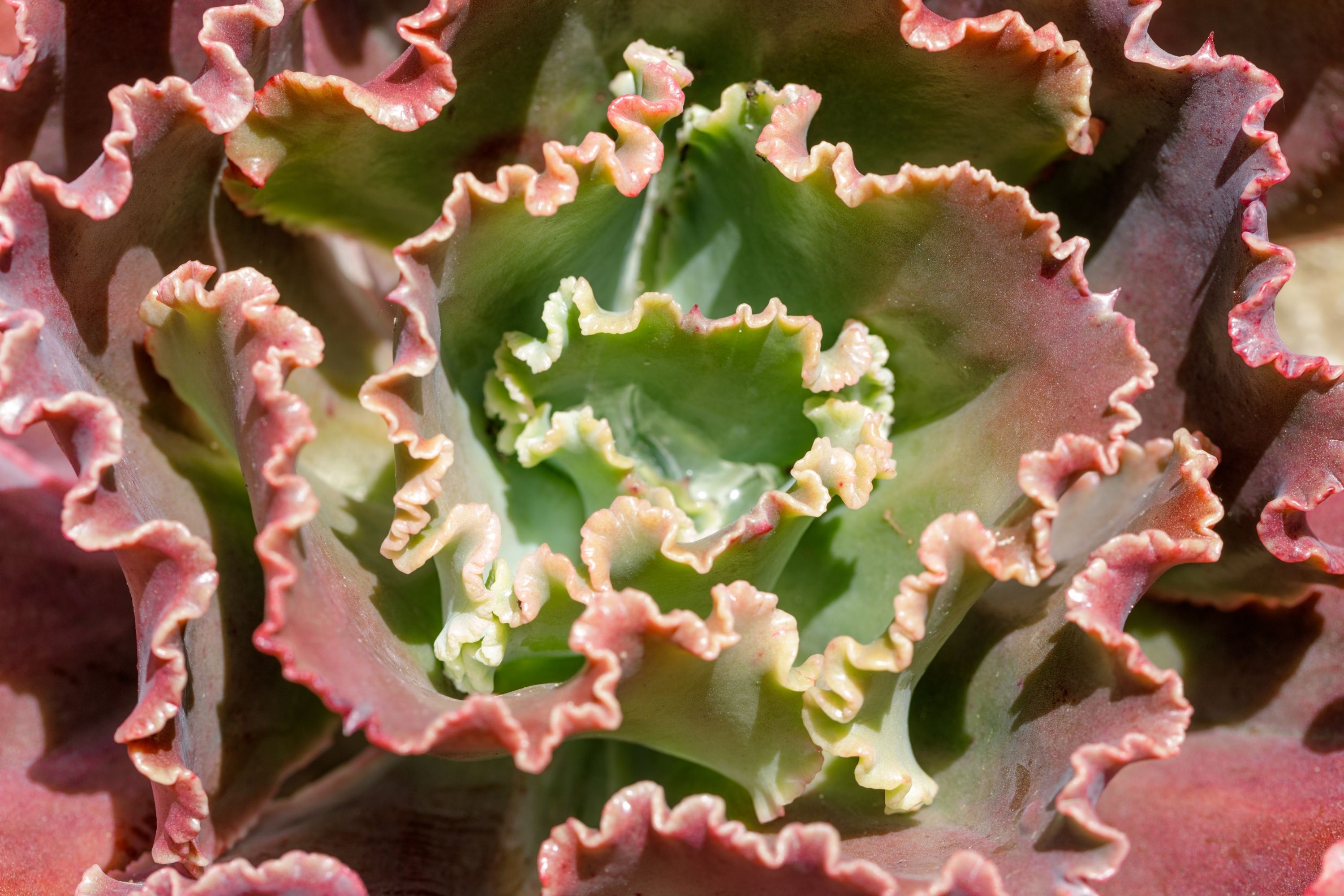Echeveria gibbiflora
(Echeveria gibbiflora)

Description
Echeveria gibbiflora is a beautiful succulent plant that belongs to the Crassulaceae family. It is native to Mexico and Central America, where it grows in rocky, arid areas at altitudes of up to 2,000 meters above sea level. In this blog article, we will explore the features of this stunning plant, its growth habits, cultivation, and propagation. Taxonomy and Nomenclature Echeveria gibbiflora is a member of the genus Echeveria, which comprises about 150 species of succulent plants. The genus was named after Atanasio Echeverria y Godoy, a botanical artist and naturalist from Mexico. The specific epithet gibbiflora is derived from the Latin words gibbus, meaning hump, and flora, meaning flower, referring to the plant's swollen flower stem. Physical Description Echeveria gibbiflora is a rosette-forming succulent with fleshy, ovate leaves that grow up to 30 cm long and 15 cm wide. The leaves are arranged in a basal rosette, with each rosette containing up to 30 leaves. The leaves are thick and waxy, with a bluish-green color that can turn reddish-purple in bright sunlight. The plant's inflorescence consists of a tall, branched flower stem that can grow up to 50 cm in height. The stem is topped with a cluster of pink, orange, or red flowers that are tubular in shape and grow up to 3 cm in length. The flowers bloom in the spring and summer and are a favorite of bees and other pollinators. Growth Habits Echeveria gibbiflora is a slow-growing succulent that can reach a height of up to 50 cm in the right conditions. It prefers bright, indirect sunlight and well-draining soil that is allowed to dry out between waterings. The plant is drought-tolerant and can survive extended periods of dryness, but it is susceptible to root rot if overwatered. In its natural habitat, Echeveria gibbiflora grows in rocky, arid areas, and it is adapted to high temperatures and low humidity. It can tolerate temperatures as low as 10°C and as high as 35°C, making it suitable for outdoor cultivation in warm climates. Cultivation Echeveria gibbiflora is an excellent plant for cultivation, either as an indoor or outdoor plant. The following are some tips for successfully growing and caring for this succulent: Light: Echeveria gibbiflora requires bright, indirect sunlight to thrive. Place the plant near a south-facing window where it can receive at least 4 hours of direct sunlight daily. In hot climates, protect the plant from intense sunlight by placing it under a shade cloth. Water: Water Echeveria gibbiflora sparingly, allowing the soil to dry out between waterings. Water only when the soil is completely dry, and avoid getting water on the leaves or stem to prevent rot. In the winter months, reduce watering to once every 2-3 weeks. Soil: Echeveria gibbiflora requires well-draining soil that is rich in nutrients. Use a commercial cactus mix or make your own by mixing sand, perlite, and peat moss in equal parts. Fertilizer: Echeveria gibbiflora does not require frequent fertilization, but you can feed it once a month during the growing season with a balanced liquid fertilizer diluted to half strength.
Taxonomic tree:







